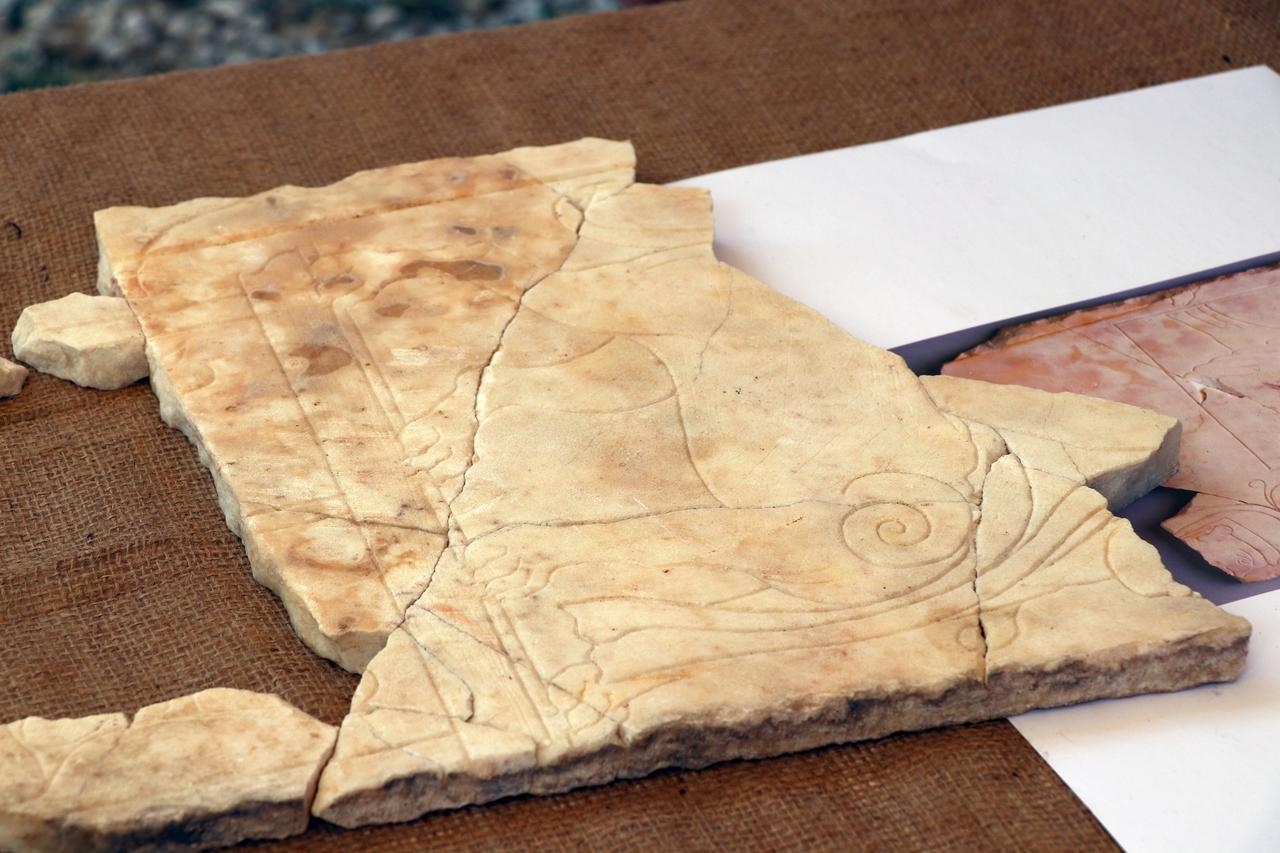Excavations in the city of Sagalassos in southwestern Turkey have uncovered Ancient Egyptian imagery in a Roman-era bathhouse.
Sagalassos emerged as the foremost urban centre of Pisidia, earning special distinction under Emperor Hadrian, who conferred upon it the prestigious title of “First City of the Province.”
Excavations of the bathhouse have revealed a finely engraved marble panel that dates from the reign of Emperor Augustus (27 BC – AD 14).
The panel depicts religious imagery such as the sphinx god Tutu on the lintel of a doorway, symbolic of guardianship and protection.
Flanking the doorway are two human figures wearing the crowns of Upper and Lower Egypt, symbolising Tutu’s dominion over all of Egypt.
Also on the panel are several Ancient Egyptian deities, including Horus (the falcon-headed god of kingship, healing, protection, the sun and the sky), and Sobek (the crocodile-headed god of the Nile, fertility, and military strength).
The panel was discovered not in a temple or a shrine, but in the northern frigidarium, the cold room of a bathhouse first Excavated in 2004. According to experts, the discovery is the first known instance of Ancient Egyptian iconography outside of Egypt used solely for ornamental purposes.
Excavation director and Bilkent University Archaeology Department Head Professor Peter Talloen told state-run Anadolu Agency (AA): “No other example of this iconography is known outside Egypt. The Sagalassians did not worship Egyptian gods; they only used them for decorative purposes.”
A closer analysis of the panel has determined that the marble was originally sourced from the Afyonkarahisar region, over 200 km’s from Sagalassos.
Header Image Credit : AA
Sources : Anadolu Agency





